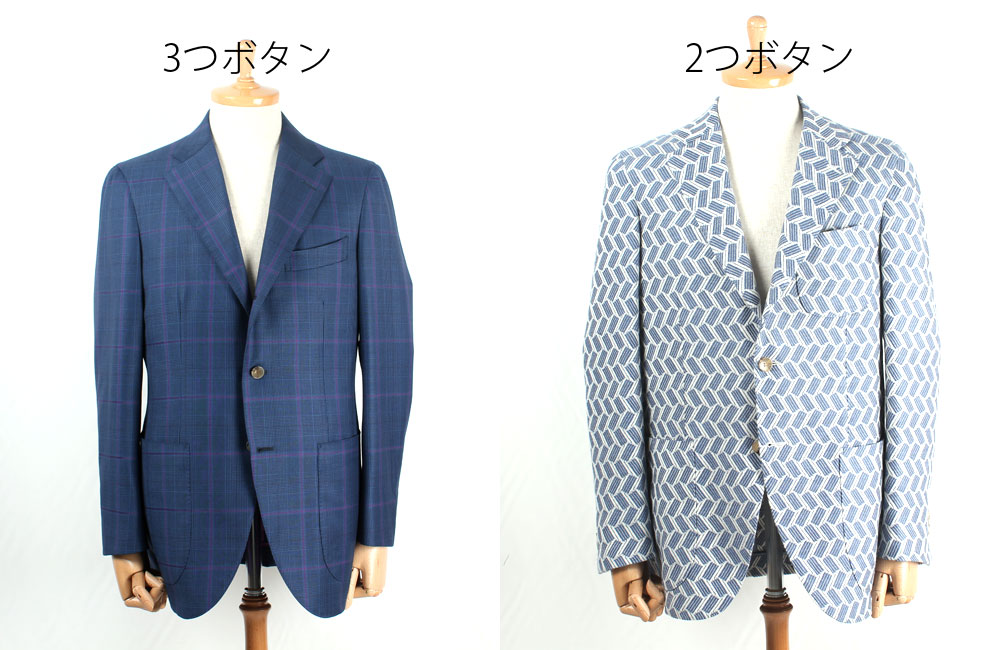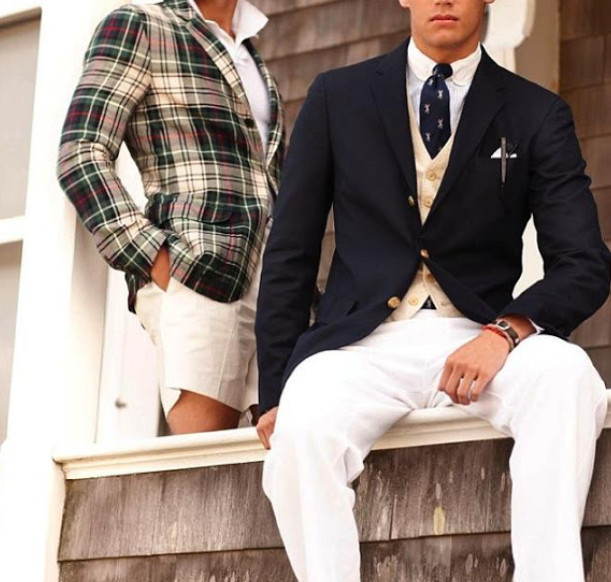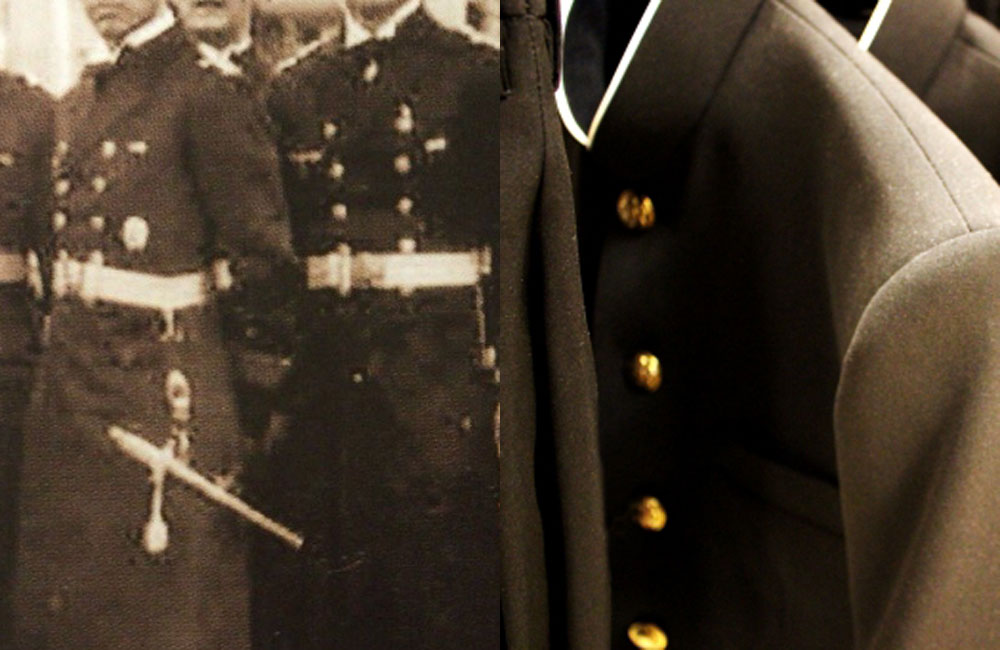In this blog post, we’ll discuss the origin of suits.
I am Yu Yamamoto from the TAILORS WORLD editorial team.
Firstly, did you know that the modern suit we wear today has evolved from the stand-up collar military uniforms? Moreover, the unique Japanese “tsume-eri” student uniforms (gakuran) were also inspired by these military uniforms.
During your school days, did you ever unbutton a few front buttons of your “tsume-eri” and flip the stand-up collar outward to create a suit-like appearance?
Now, let’s explore how these military uniforms evolved into suits.
During the Victorian era in Britain, after various wars and conflicts (colonial disputes, Boer War, Afghan War, and more) came to an end, soldiers freed from military service found the stand-up collars they had worn uncomfortable. It is said that during this time, they unbuttoned the first button and folded the outer part of the collar downward, which eventually led to the natural emergence of the suit’s shape.
Originally, military uniforms had a single-breasted design because soldiers carried swords, stood upright, and fought. However, as times changed and firearms became more advanced, soldiers not only stood and fought but also had to lie prone to fire their guns. Considering the need for crawling on the ground, it is speculated that a single-breasted design with the button at the center of the chest might have been obstructive during modern warfare. From this perspective, single-breasted suits are considered more classic, while double-breasted suits are seen as more modern.
Furthermore, as military uniforms served as the prototype for suits, the number of buttons gradually decreased (as seen in the image of the military uniform with ten buttons). Three-button suits became more classic, and two-button suits became more modern.
Why are three-button suits considered classic? This is because the origin of classic suits is in England, and the suit’s accent, which is visually emphasized, is focused upward (referring to the “V-zone” becoming narrower).

Now, when talking about three-button suits, we must mention Ivy Style. Ivy Style suits are typically single-breasted with three buttons, but the concept of “roll to the second button” is essential. This means that the first button is there but isn’t fastened; it’s hidden beneath the lapel. This design is a declaration of not fastening the button and signifies a more classic style compared to two-button suits.

So, why the “roll to the second button” and not just three buttons? It’s because America, a nation of immigrants, had a strong spirit of freedom. Americans disliked the conservative traditions and discomfort of British style, and they stepped into this traditional style to create their own unique fashion. They adopted the classic while pursuing freedom of movement and functionality, giving birth to the American style, which was favored by students at traditional elite schools and established the Ivy Style.
How did you find this journey from the origin of suits to the three-button Ivy Style? The history of suits, which gradually evolved into items like frock coats and smoking jackets, may have various theories, but when considered in the context of history and societal background, it becomes even more intriguing than mere trivia.
For orders, inquiries related to the content above, or questions about accessories and sewing services, please don’t hesitate to contact
After 2 years of training at a major order-made suit store in Japan, I started my career in apparel materials and fabrics.
I’m especially good at suits and coats.


